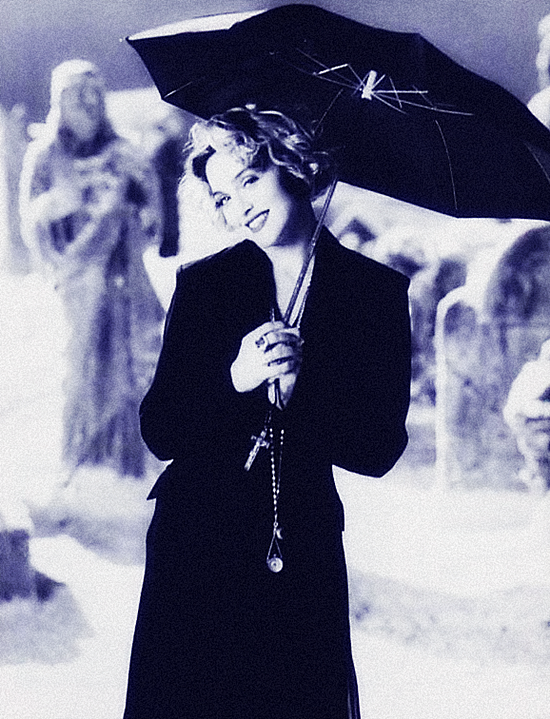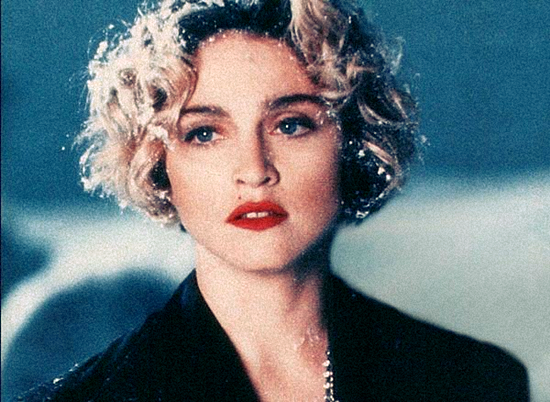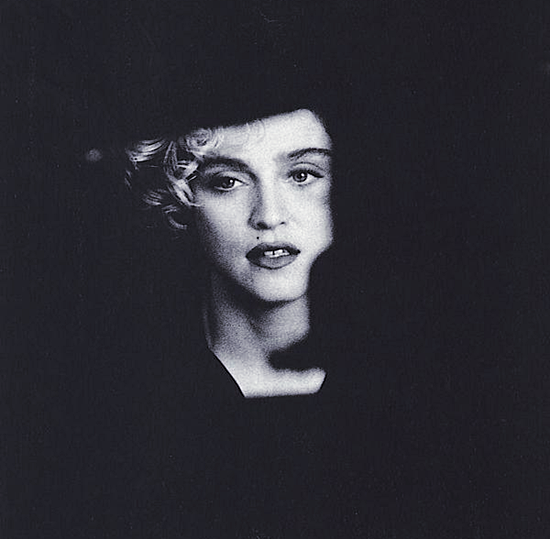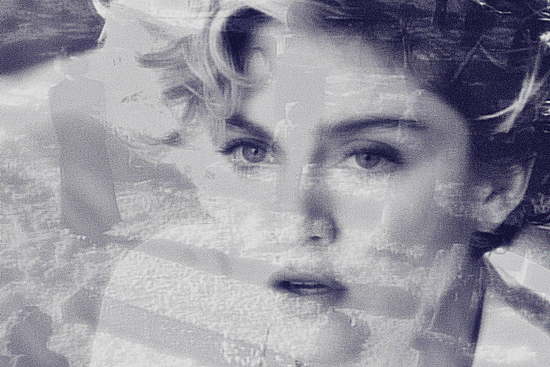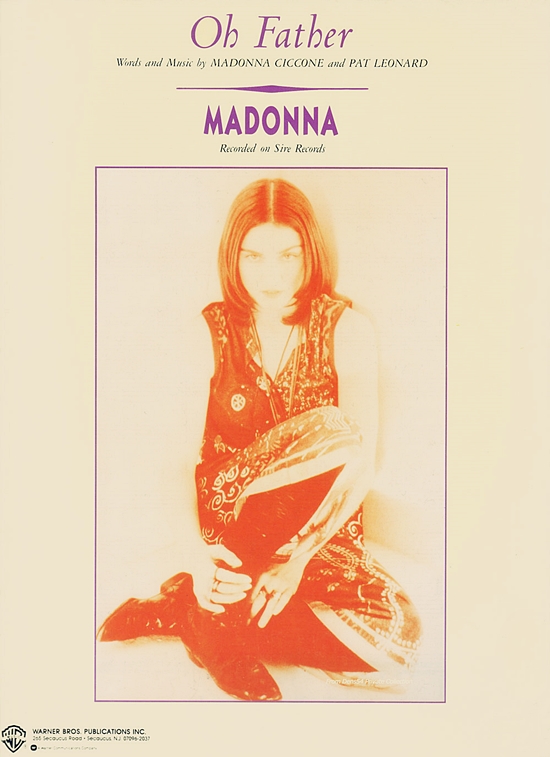





On September 29 2009, Madonna and Warner Bros. released Celebration: The Video Collection. The greatest videos DVD collection accompanied the Celebration greatest hits collection.
Celebration: The Video Collection continued on from Madonna’s other video compilations The Immaculate Collection and The Video Collection 93:99.
Celebration: The Video Collection debuted at the top of the Billboard Top Music Videos chart. It was certified platinum by the Recording Industry Association of America (RIAA) for shipment of 100,000 copies across United States.
The cover for Celebration: The Video Collection was created by street pop artist Mr. Brainwash who is best known for “throwing modern cultural icons into a blender and turning it up to eleven”.
The DVD collection was released in two different versions, both are double disc releases:
- Keep case — DVD size packaging
- DVD Digipak — CD size packaging
This video collection received mixed reviews from critics and fans when it was released. While the inclusion of videos that were left off her previous retrospectives were certainly appreciated, many felt that the set’s exclusion of several notable clips (with Oh Father, Bad Girl, Drowned World/Substitute For Love & Nothing Really Matters among its most glaring omissions) kept it from being the definitive overview it was touted to be.
Another point of contention was the use of cheaper single-layer versus double-layer DVD’s, the latter of which would have allowed for the inclusion of the three additional clips noted above (which would have rounded out the total number of clips to a nice even fifty) and corrected the compression issues that marred the image quality of many videos. Indeed, the varying picture quality from clip to clip and minimal effort given to ensuring overall quality control left the product with a distinctly “budget” feel that had some fans wondering whether the grainy, test-pattern-infused artwork for the set was perhaps a bit too fitting.
Surely, Madonna’s pioneering work in the medium and the perfectionist spirit that helped make these works so compelling deserve a comprehensive retrospective of the highest quality.
Did you feel this release was worthy of celebration or would you have made changes to it? With recent innovations in digital distribution, would you appreciate an official reissue of Madonna’s entire music video catalogue – from her first clip, Everybody, through to her latest, Batuka – as high quality digital downloads? Clips could be sold individually for a few dollars each or bundled into era sets that could be downloaded through Madonna’s official website, with proceeds benefiting one of her charities. Would you support such an initiative if the highest quality control standards were met and no corners were cut? Perhaps this would prove to be an ideal avenue for her to finally market long-requested, definitive versions of her previously unavailable or out-of-print live concert films as well.

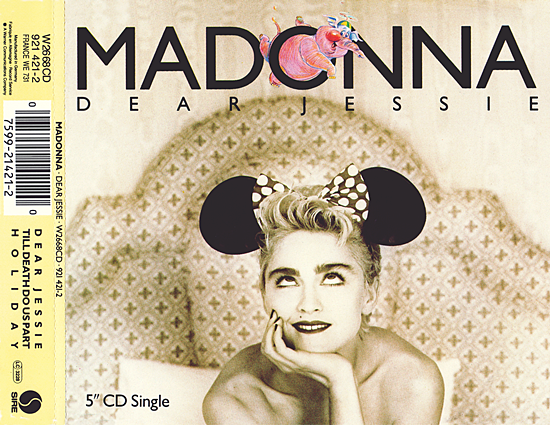
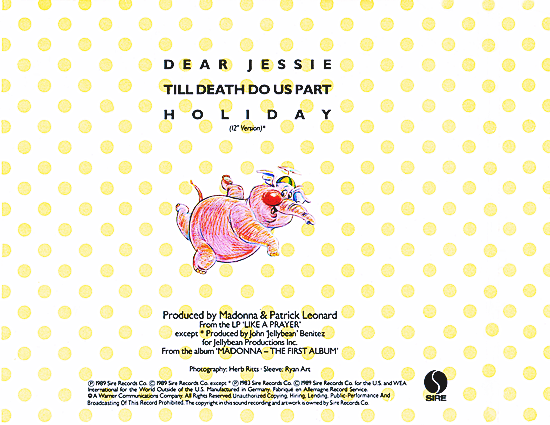
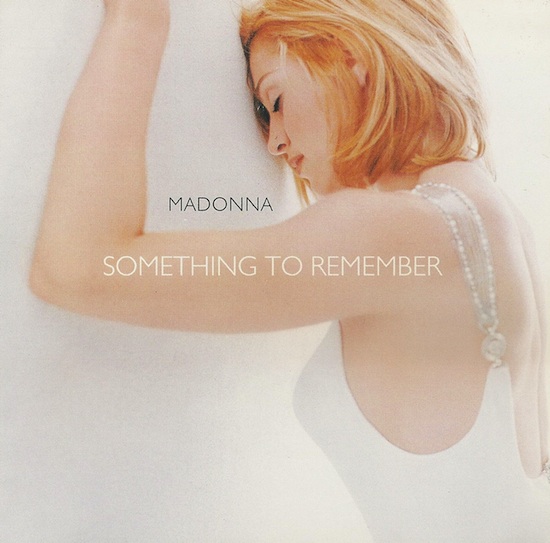
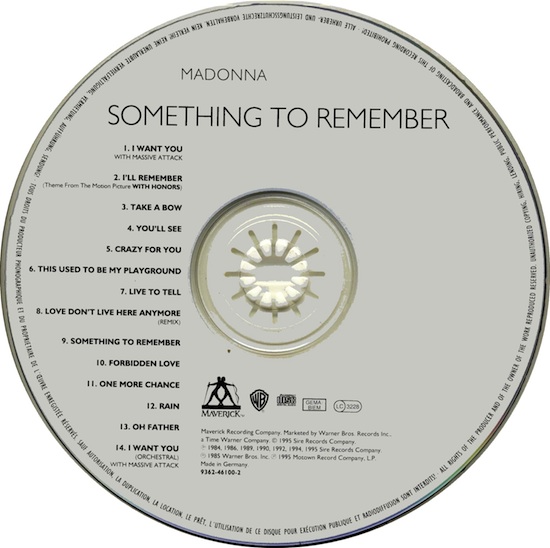

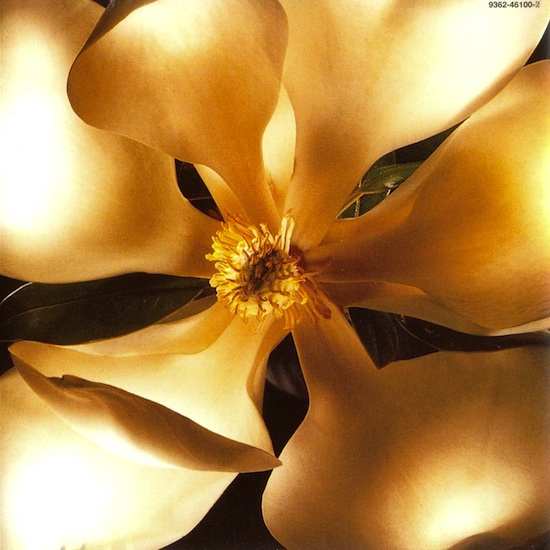

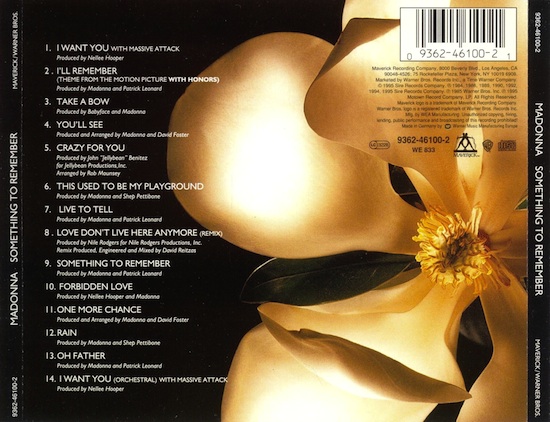
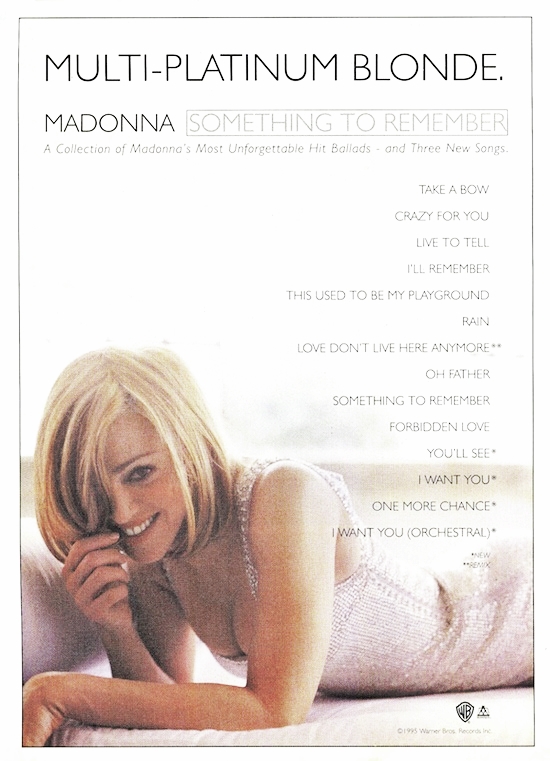
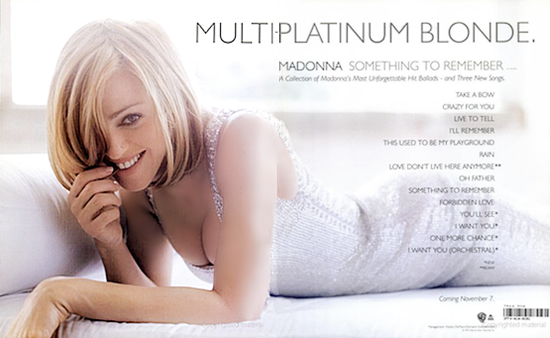


















![Oh Father [Cassette Single] 550](https://todayinmadonnahistory.files.wordpress.com/2014/11/oh-father-cassette-single-550.png?w=550&h=850)
